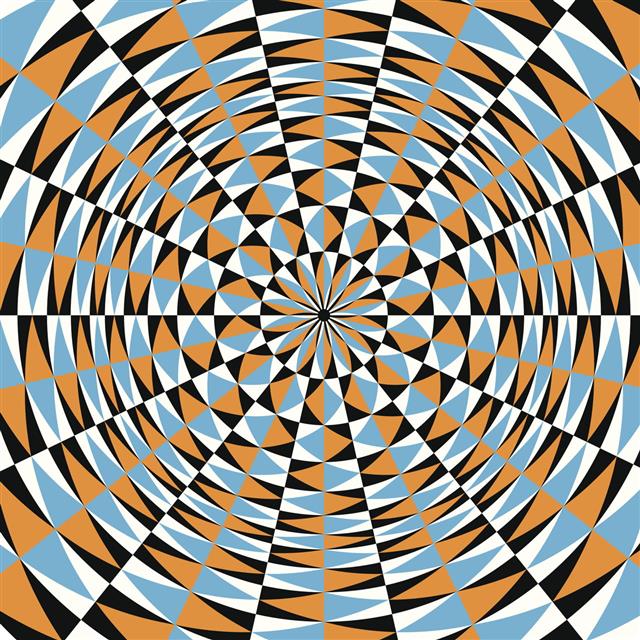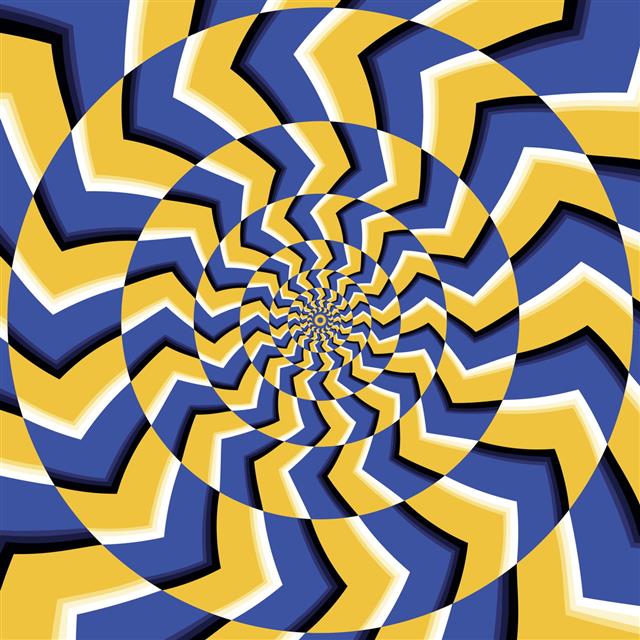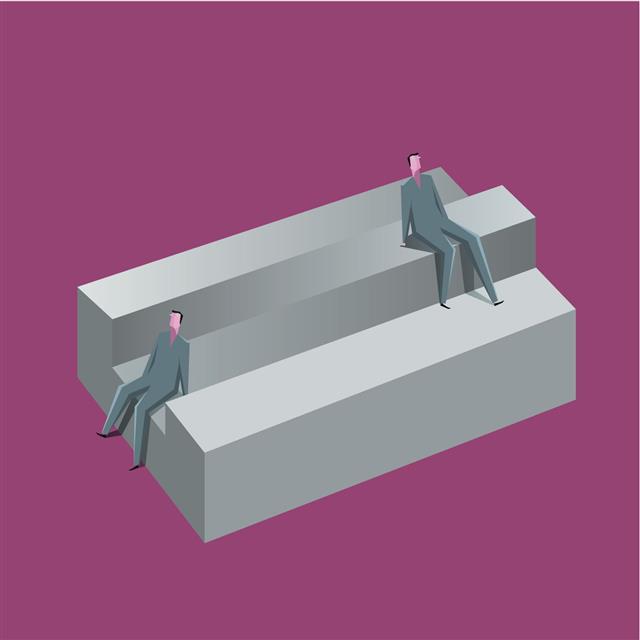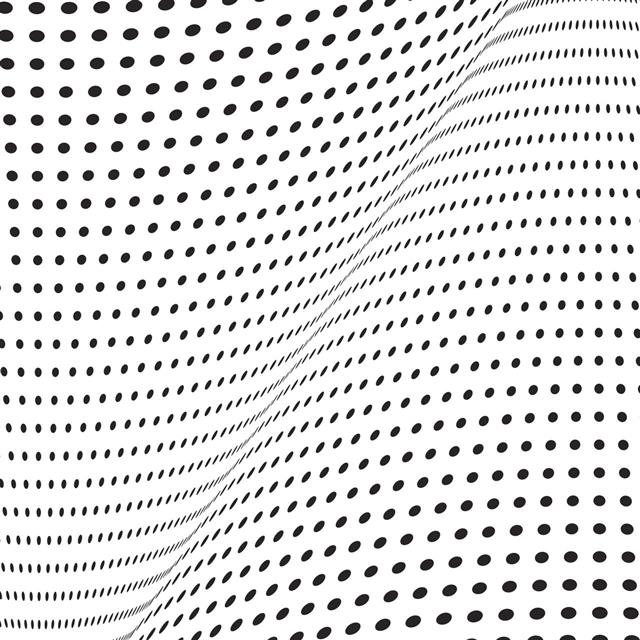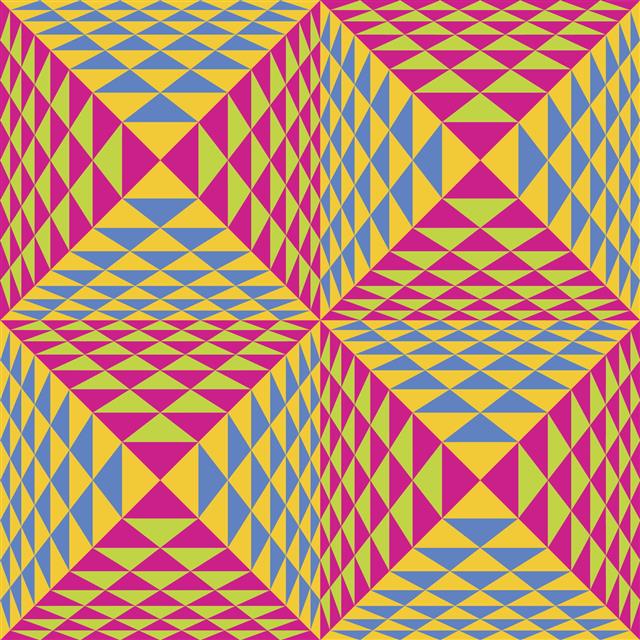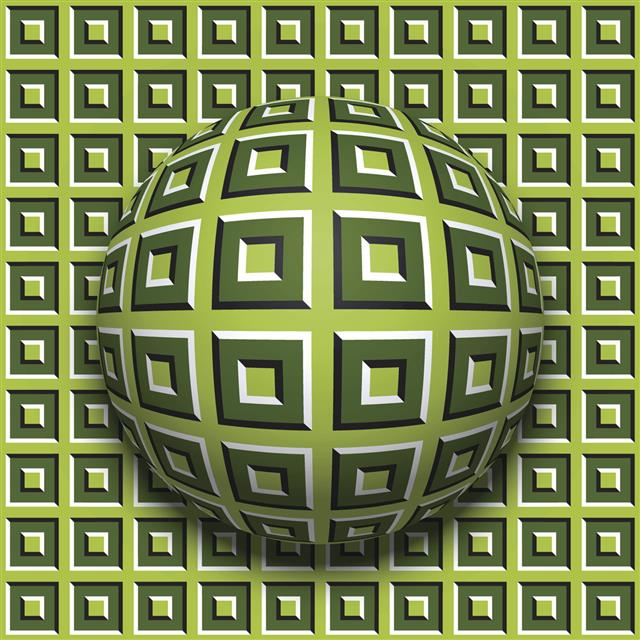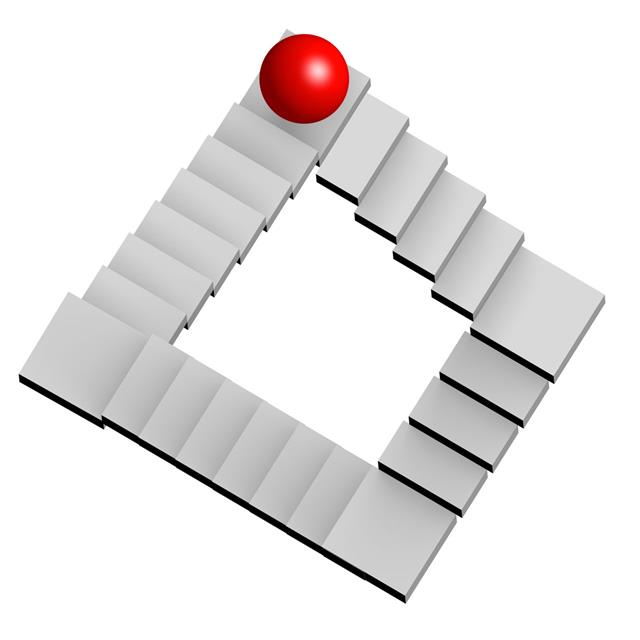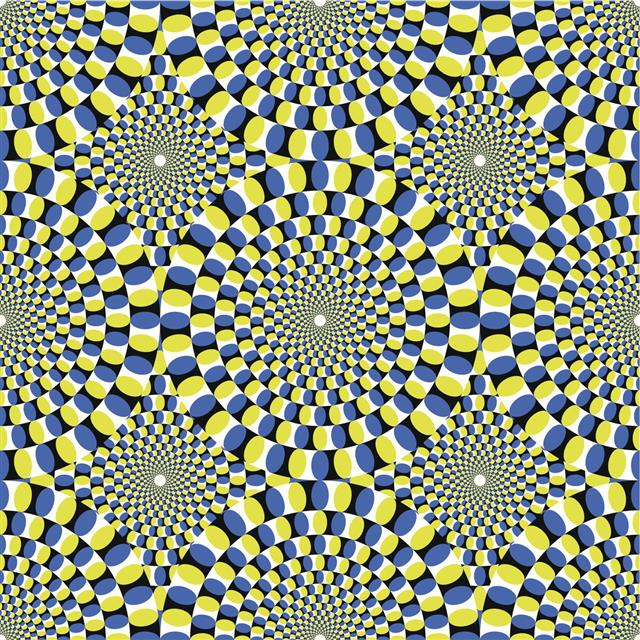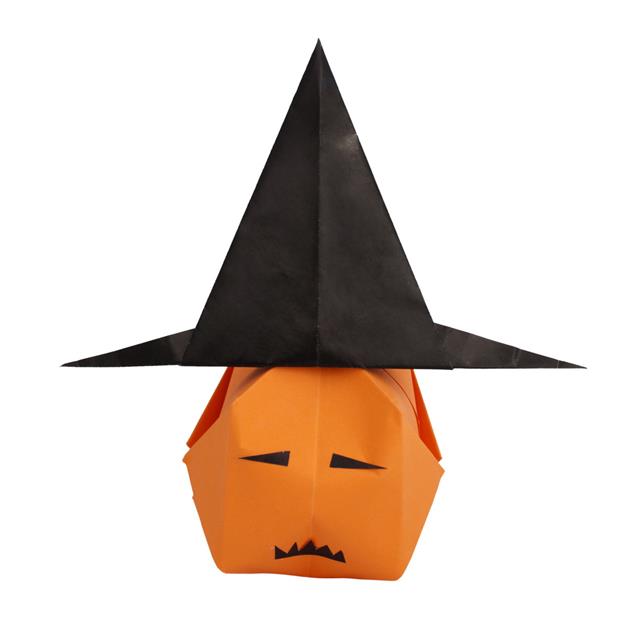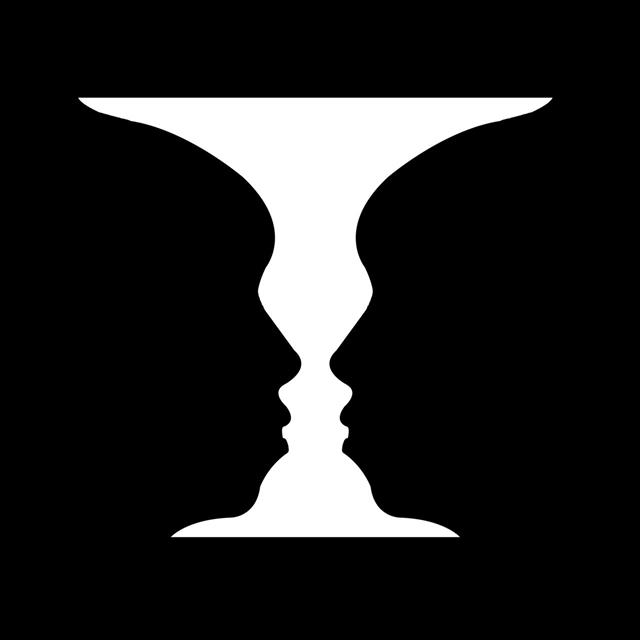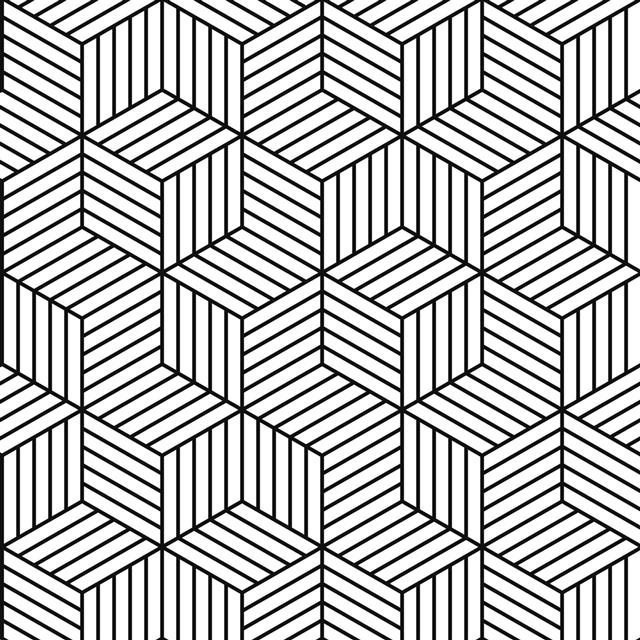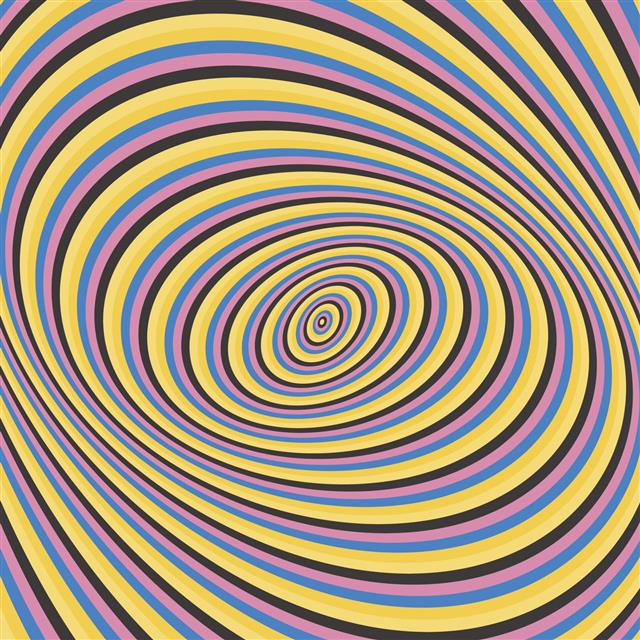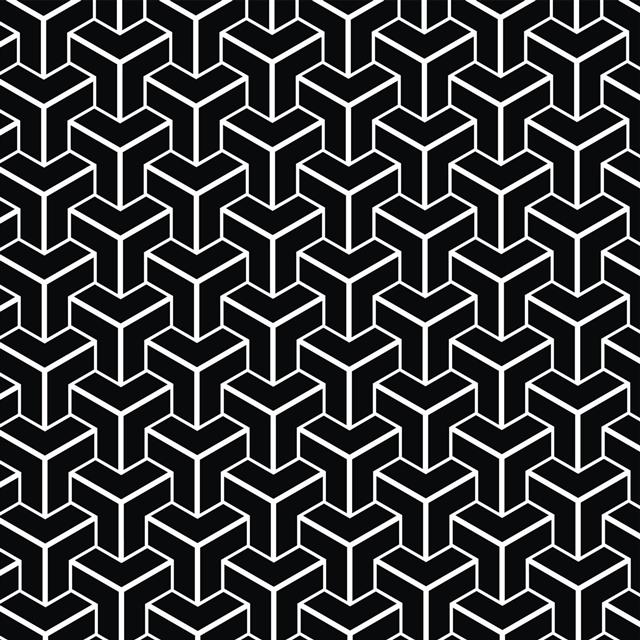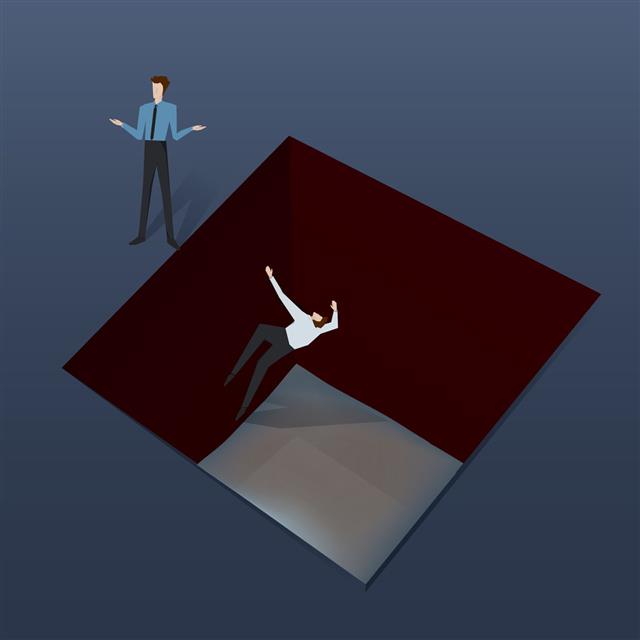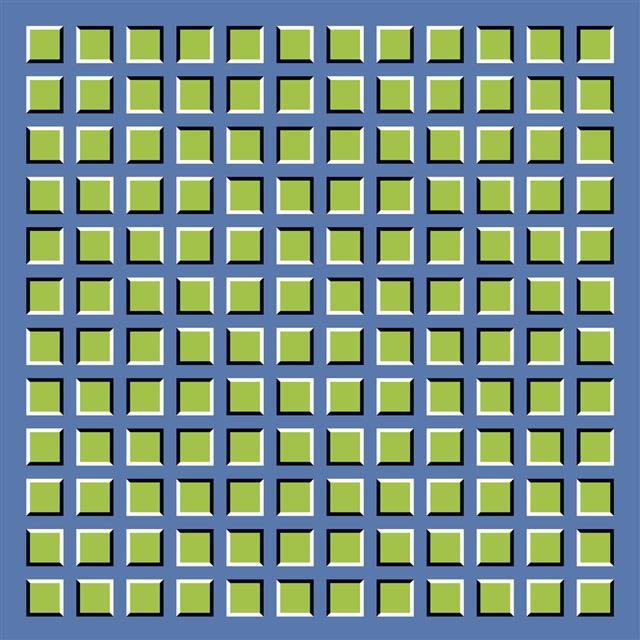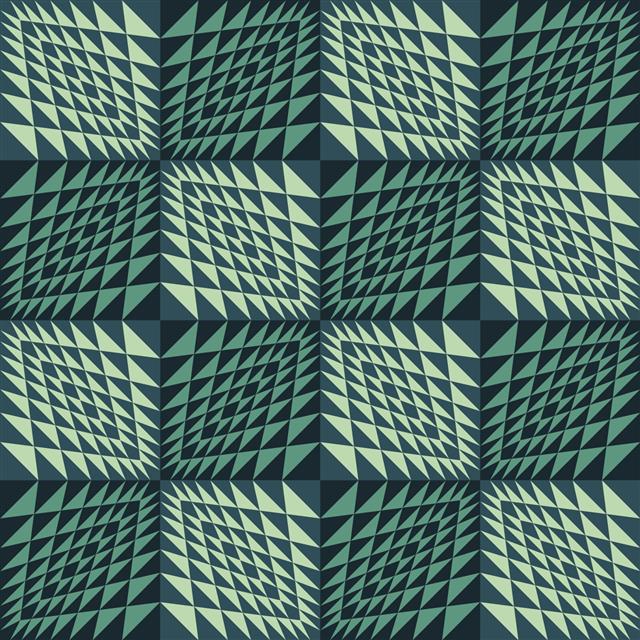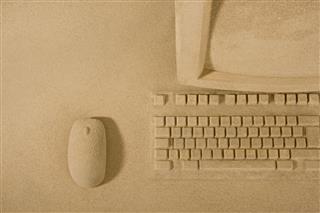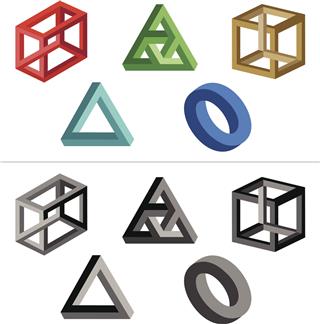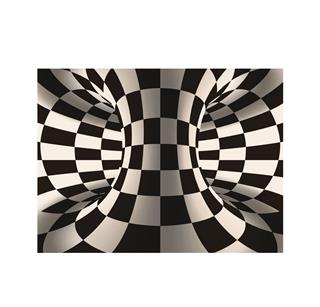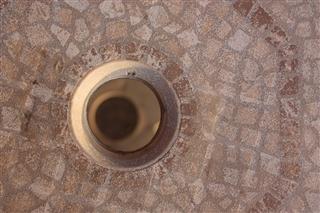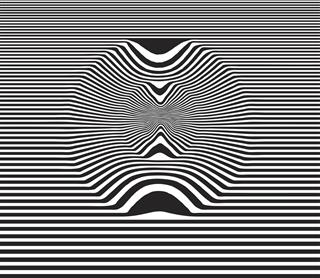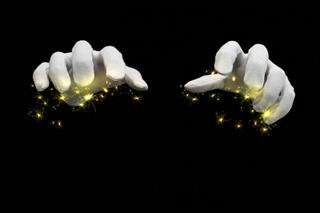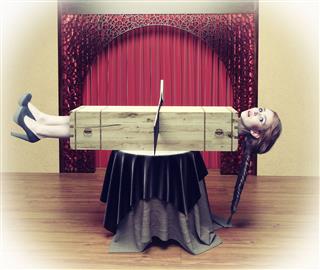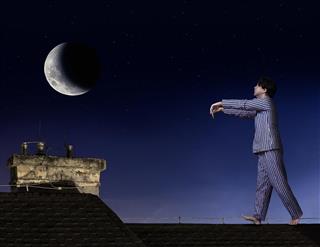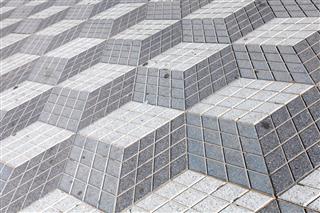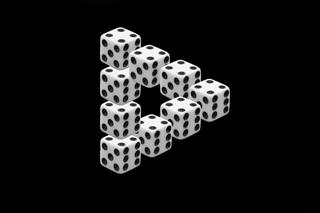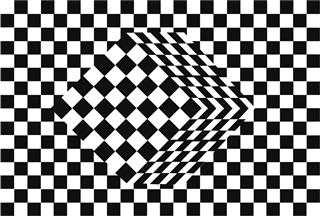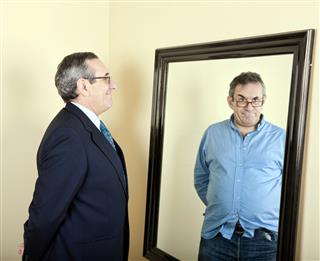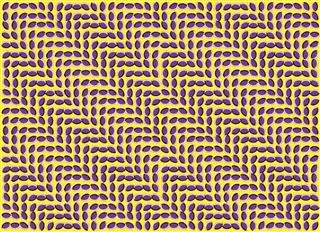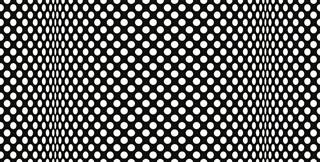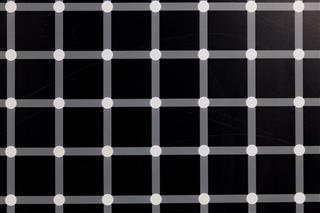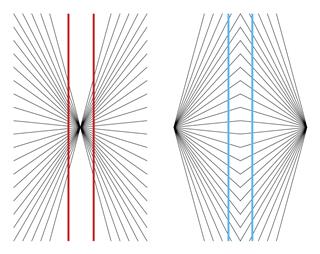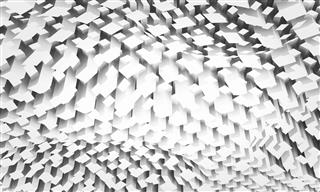
What are optical illusions? With the help of colors, specific patterns, and light, images are created in a way such that the brain perceives them as different from what they really are. Read this ScienceStruck article to find how optical illusions work.
“It is our illusions that create the world”, says Didier Cauwelaert. That’s so true! The big blue sky appears flat; the sun appears to move across the sky, and at times, flat surfaces appear to have depth. These are optical illusions, wonders created by the optical mechanism of our eyes. Optical illusions are attributed to either visual perceptions or to our intellectual interpretations. A study shows that our past experiences, desires, and influences are also responsible for making optical illusions work.
How Optical Illusions Work
So, what do you see – two people facing each other or pillar-like structures? Very illusive, isn’t it? What you perceive as the contents of this image depends on whether your eyes try to derive meaning out of the lighter portion of the image or the darker one. Kudos to the creator of this illusion.
It’s the peculiar way in which the strokes have been made, that makes the image appear to have spiral movement. A clever use of colors/shading has brought in an effect of light and shadow, further making the stripes appear to move. In which direction is the movement happening – clockwise or anticlockwise? Answers will differ, we’re sure.
Illusions often result from a mistaken judgment or erroneous vision. An error in estimating the distance to an object is due to mistaken judgment. A bright object often appears larger than a dark object of the same dimensions. When objects of contrasting colors are placed in close vicinity, a certain color may be mistaken as another.
The human brain tends to group things in four types; namely, similarity, continuity, closure, and proximity. We group things of similar color to picture a particular shape. Our brain is always in search of patterns. It tries to find some kind of continuity in whatever our eyes see. Closure occurs because our brain tries to construct views of familiar objects from whatever we look at. For example, if short lines spaced from each other are arranged circularly, our brain perceives it to be a circle. In the fourth type of grouping, which is proximity, the brain groups the objects that are laid closely together.
Is it water or only a reflection? It’s a mirage. Scientifically put, a mirage is an optical phenomenon in which light bends to produce an image of a distant object or the sky. Animals and travelers in the desert are often deceived by mirages.
Mirage is a very well-known example in which light deceives our eyes. In this case, light rays coming from an object bend and make the object appear to be at a location it is actually not. There is a thin line of difference between an optical illusion and a hallucination. When the object appears to exist in spite of its absence, the phenomenon is known as hallucination.
Lipps in his principle of mechanical aesthetic unity says that we give the form of a living being to every space and unconsciously consider some mechanical forces acting. But Wundt suggests that laws dealing with formation of the retinal image and the movement of the eye are accountable to optical illusions. Objects reflect the light that falls on them and the eye forms inverted images of the objects on the retina. The brain interprets the image and we perceive the object to be what it really is. In case our perception does not match with the physical dimensions of the object, it is surely an optical illusion.
A picture placed within itself, and that appearing recursively is an example of the Droste effect. Theoretically this can continue endlessly, but practically it can occur only as long as the resolution of the image allows. On the lines similar to the Droste effect, what you see here is a series of reflections, one within or beyond another. Perceived depth?
The way the colors have been used has created an illusive pattern which is kind of disturbing to the eyes. Shades of the same or similar colors fill some squares, while in others, shades of contrasting colors have been used. Plus, if you stare at this image for some time, the figure seems to move. Name one color which, according to you is the most prominently used in this image. Now ask your friend to do that. Your answers are most likely to differ!
You can look at the same image in different ways. See if you can recognize the three planes in which the same triangle appears to have been placed. What would you attribute this illusion to – colors, angles, or dimensions? The real reason is movement of the eyes.
Shades of colors give depth to flat surfaces. Certain geometrical structures of objects have an illusive effect on the observer. The effort involved in raising the eyes in greater than that in turning them in a horizontal plane. It is interesting to note that due to the difference in the effort involved, our eyes perceive vertical distances to be greater than the horizontal ones of equal magnitudes. Angular illusions are attributed to involuntary movements of the eye.
Lenses possess defects like spherical and chromatic aberrations. An eye has abnormalities like astigmatism and eccentricity. They all lead to optical illusions. Due to differences in the wavelengths of different colors, there are differences in their angles of reflection and refraction. Chromatic aberrations arise out of these differences. They lead to illusions like the ‘advancing’ and ‘retiring’ colors.
When the eyelids are almost closed, their movements make objects appear to be moving. Judgments about direction and distance are not accurate with one eye closed. Distance and area appear to vary depending on the concentration of objects placed in the area.
It’s what it says – the illusion of contrast. The circle that’s centrally placed is of the same size in both the parts. But placed among circles smaller than itself, it appears bigger. The same circle, in the other part of the image seems smaller, only because it’s placed among bigger circles. So relative this is.
Consider a line divided into smaller partitions. The partitions tend to appear shorter than an isolated line of a length same as that of the partition. The reverse is also true. Consider two identical shapes. Imagine one to be kept among others of a comparatively larger size. Imagine the other to be kept in a group of relatively smaller sized ones. The former appears bigger. This is termed as the optical illusion of contrast.
Thus optical illusions work on the principles of light and its interpretation by the eyes.
